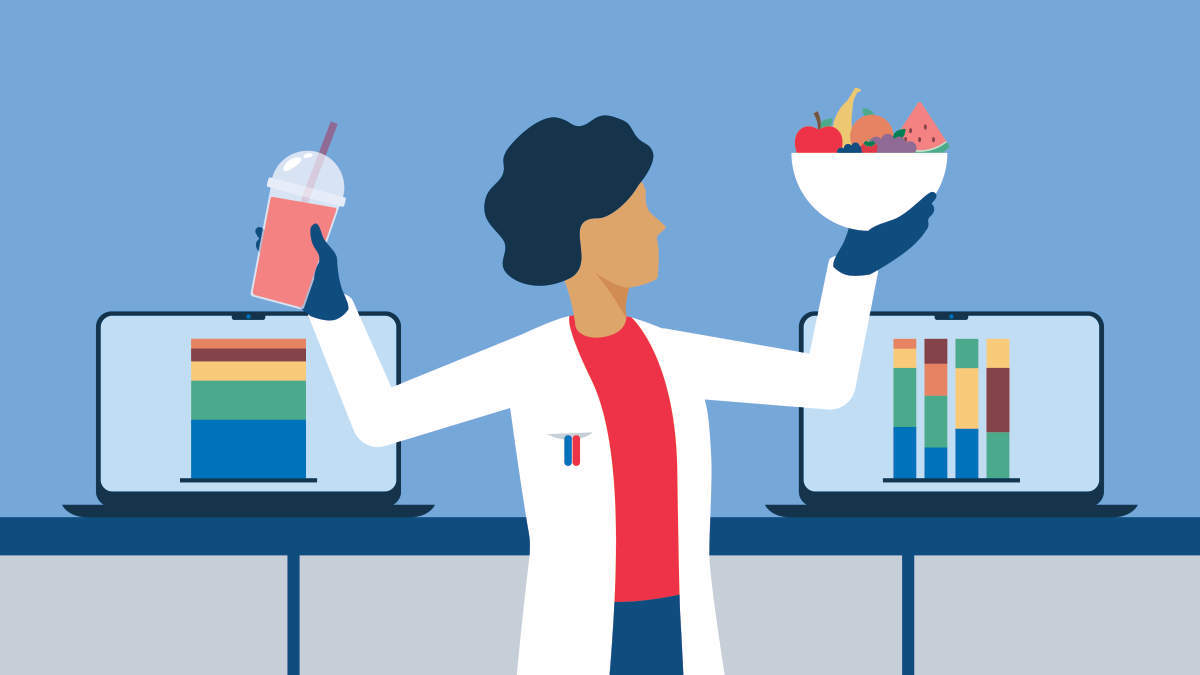
Think of a smoothie where all the fruits are blended; you may or may not be able to pick out your single flavor. Single-cell sequencing is like deconstructing a smoothie into a fruit salad. You can identify the fruits by taste, size, color, origin, etc. In this analogy, each piece of fruit represents a single cell.
With the right single-cell sequencing workflow, we can study different cellular functions, establish genotype-phenotype relationships, and understand human health and disease states.
But how do you know which system to adopt?
Our NGS application development expert teamed up with Bio-Techne's single-cell product development expert to demonstrate an end-to-end workflow that supports single-cell and single-nuclei genomic applications. The workflow combines the Hana Single Cell Dispenser for isolation with the QIAseq UPX Single Cell DNA Library Kit for NGS library preparation, enabling ultraplexed sequencing.
Let’s dive into some of the questions asked during the webinar by highly engaged single-cell enthusiasts, both beginners and advanced.
Q: Why is single-cell sequencing important?
A: Single-cell sequencing allows researchers to uncover the genetic diversity and complexity of individual cells, identify rare cell populations, understand cellular differentiation, and study cellular responses to treatments. This can lead to the development of targeted therapies and a better understanding of disease mechanisms.
Q: What are the main techniques for isolating single cells?
A: The main techniques include fluorescence-activated cell sorting (FACS), microfluidics, and laser capture microdissection (LCM). Each method has its advantages and limitations regarding precision, efficiency, and technical complexity.
Q: What are the key considerations when isolating and studying single cells?
A: Isolating single cells is a critical step in single-cell sequencing. Here are some of the key considerations:
- Cell size and sample site: The isolation method depends on cell size and the location of the cells. For example, cells in the bloodstream may accumulate in capillaries, influencing the sample collection site.
- Cell masking: Cells must be free from other cells or factors that mask surface markers, which are crucial for effective enrichment.
- Variable markers: Considering differential expression of biochemical markers to avoid biased enrichment.
- Workflow integration: The isolation and analysis methods must be aligned to ensure accurate results. Viable cells must be maintained throughout the process.
Q: What challenges are associated with single-cell isolation?
A: Key challenges include maintaining cell viability, preventing contamination, and achieving efficient high-throughput isolation without compromising accuracy. These challenges require careful handling and optimization of isolation methods.
Q: How does automation improve single-cell isolation?
A: Automation increases throughput, reduces human error, ensures consistency, and simplifies the process with user-friendly interfaces and pre-programmed protocols. Automated systems can process thousands of cells simultaneously, making single-cell studies more efficient and reliable.
Q: What is involved in NGS library preparation for single-cell genomics?
A: NGS library preparation involves whole-genome amplification (WGA) to amplify DNA from single cells, transcriptome analysis to convert RNA into complementary DNA (cDNA), and adapting protocols for low-input genomics. These steps ensure that genetic material from single cells or small cell populations can be effectively analyzed.
Q: Can the Bio-Techne system isolate single cells from yeast culture?
A: The system is optimized for mammalian cells with a limit down to about three microns in size, making it suitable for some yeast applications.
Yeast cells are at the detection limit. However, bacteria are too small for detection.
Q: How are doublets identified and excluded in the sorting process?
A: Doublets can be identified by their higher yields and uneven barcode representation. Accurate gating during sorting minimizes doublets, and normalization ensures uniform input for library preparation.
Q: Can ferrofluid antibody-captured cells be sorted using the Hana or Pala system?
A: Yes; however, optimization is required to ensure proper sorting without disassociating cells from beads.
Q: How long can tissue biopsies be frozen for this process?
A: Specific freezing conditions and duration recommendations are detailed in publications, but frozen tissue nuclei are viable for extended periods if appropriately handled.
Q: Can the QIAseq UPX Single Cell DNA Library workflow be used for bacteria?
A: It is suitable for gram-positive bacteria but not gram-negative bacteria or yeast without additional lysis steps for complex cell walls.
Q: Can this be used for single-cell RNA sequencing?
A: Not yet, but the technology is new and may be adapted for RNA applications in the future.
To sum up, integrating plate-based single-cell sequencing services into core facilities can not only enhance research capabilities by supporting a wider array of scientific inquiries but also provide numerous operational and competitive advantages to the facility in the rapidly evolving field of genomics and personalized medicine.